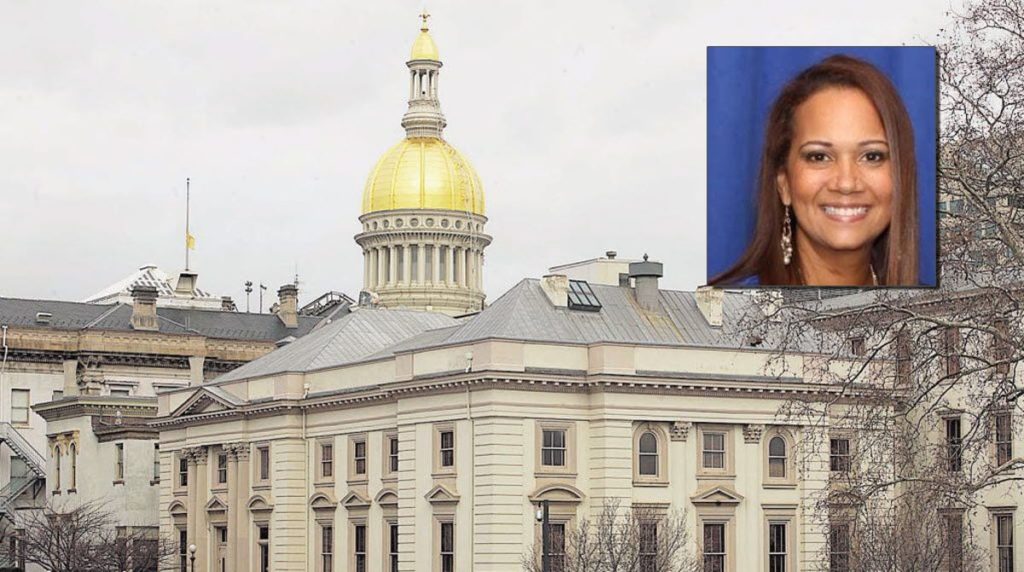New Jersey media is abuzz today with stories about the just-released report from the the State Commission of Investigation that finds the Schools Development Authority (SDA), the agency that manages facilities in Abbott/SDA districts, has suffered from “years of inconsistent and questionable” management, “failed leadeship,” wasteful property management, costly construction overruns, poor practices to weed out bad contractors, and, since the Murphy Administration, deep nepotism and patronage.
“Without further reform, the public cannot be confidently assured that the SDA can consistently and successfully serve as a capable and trustworthy custodian of public tax dollars and deliver high-quality, professionally designed and constructed schools that enrich the academic learning environment for New Jersey public school students,” the report said.
This is the Commission’s second report on the SDA. The first was focused on Lizette Delgado-Polanco, who was appointed by Gov. Murphy as chief of the SDA soon after he was sworn in. Delgado inflated her credentials and allegedly fired longtime employees and replaced them with about three dozen friends, family and business associates, many of whom were placed in jobs paying more than $100,000 annually and some of whom did not have the required qualifications for the positions. (Journalist Dustin Racioppi says here that Murphy knew about Delgado’s nepotism nine months before he fired here.)
The new report is focused on more general dysfunction, some of which predates Murphy:
- School contracting oversight and processes that have lacked consistency, integrity and a willingness to weed out bad contractors.
- Wasteful and neglectful management of dozens of properties that resulted in losses of tens of millions of dollars and left some communities blighted.
- Numerous shoddy school construction projects and costly construction errors scattered around the state have left long-running legacy impacts for local districts, students, and local and state taxpayers.
The 50-page report concludes with these recommendations: Establish Effective Oversight, Improve the Process for Selection and Appointment of the CEO, Strengthen the SDA Board, Improve the Contractor Performance Evaluation Process, Review Construction Practices, and Fortify Relationships with Stakeholders in Local Districts. Also included in the appendix is testimony from Delgado callling the report “tactics of dramatization and fiction writing.”
From earlier NJ Education Report coverage, here are examples of SDA’s mismanagement, described after reports that the SDA had burnt through $12 billion:
- In Newark the SDA spent more than a quarter of a billion dollars to build schools for only 3,733 Newark children — an average of more than $70,000 per student. According to Tapinto, “the last three schools to open in Newark since 2016 — South Street School, Oliver Street School and Elliot Street School — cost an average of $515 per square foot. South Street, which was completed in 2018, cost $69 million or $669 per square foot, nearly 5 times the limits set by the Legislature.”
- Reconstructions of both Camden High School and Trenton Central High School cost $130 million each, paid for by the SDA. Total enrollment at Camden High, by the way, dropped from 540 students in 2017 to 387 students in 2019.
- Last year the SDA approved its largest single construction yet: “a new high school for Perth Amboy whose cost is estimated at between $210 million and $230 million. The three-story building is to provide 576,000 square feet for about 2,800 students.”
- In Long Branch, the high school was ready for a $4.3 million renovation to prepare for predicted increases in enrollment . Once the SDA stepped in, the costs ballooned to $6.9 million, partly because the board of education decided to create a new high school academy, The School of Social Justice. But guess what? Enrollment has not increased, which was the original premise for the expansion. (And it seems to me the board ought to be more concerned with the fact that only one out of four third-graders can read at grade level, a critical benchmark for future academic success, and only 15% of 10th-graders meet or exceed expectations in Algebra 1.)





